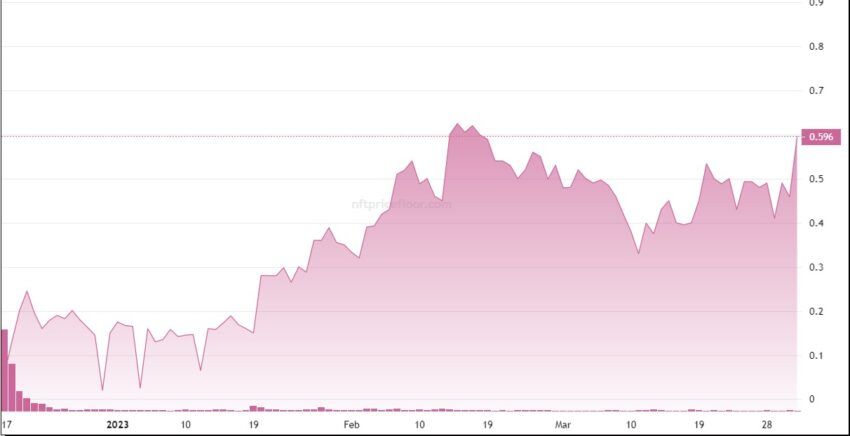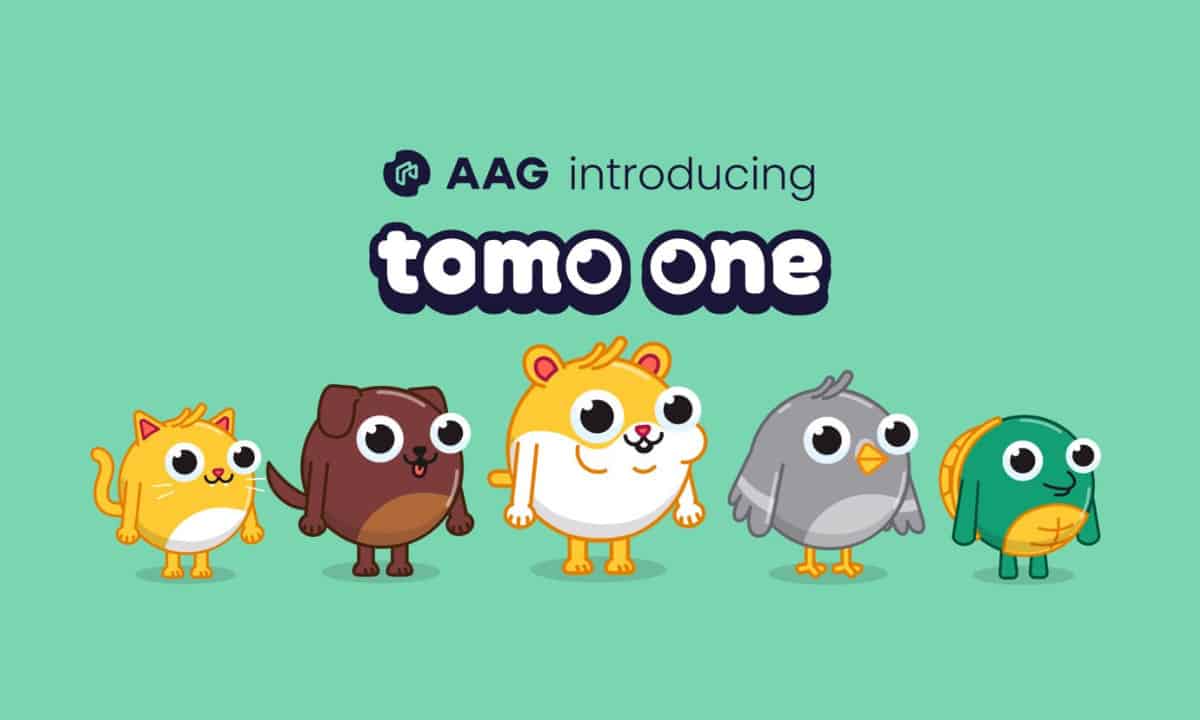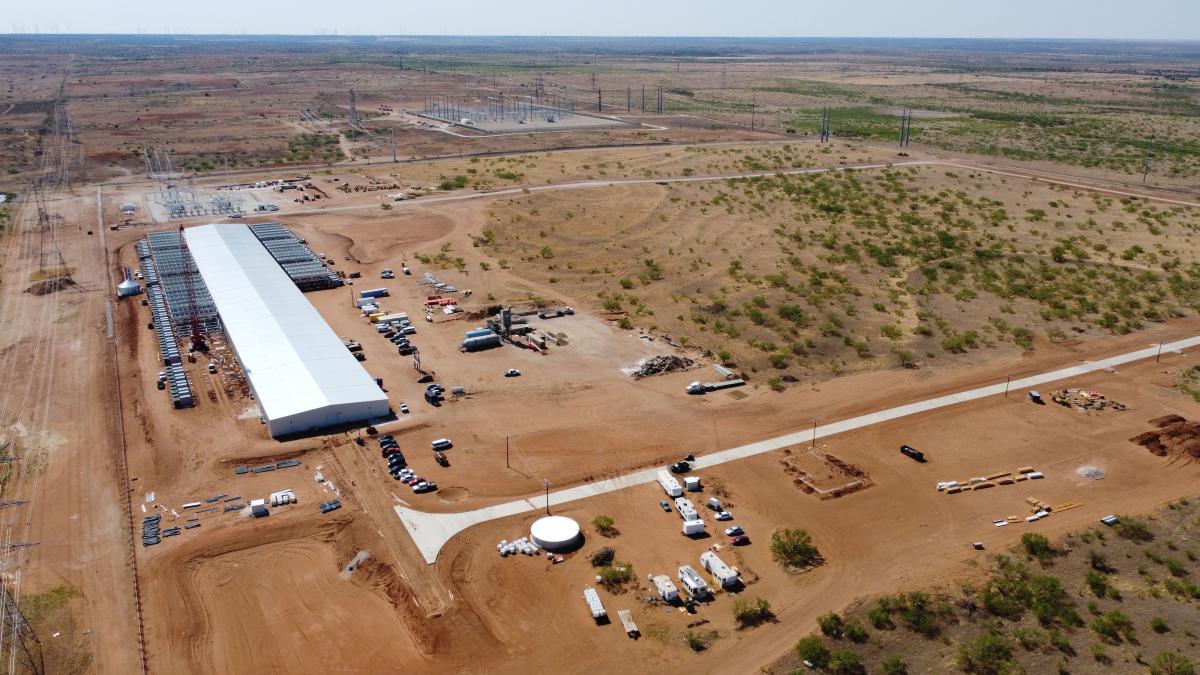How Blockchain Can Encourage Learning

A version of this article first appeared on the Medium page of the Stanford GSE Office of Innovation and Technology.
Blockchain has received a lot of attention recently as a new mode of exchange, allowing experimental cryptocurrencies like Bitcoin and the sale of NFTs in ways that leave an immutable, fully transparent public record that tracks the transfer and ownership of digital things.
And technology can help tackle an age-old challenge in any classroom: motivation.
A group of blockchain projects called “learn-to-earn” (also sometimes called “earn-to-learn”) aims to encourage students to engage with educational content and, just as importantly, stick with it. Several startups are experimenting with encouraging users to watch tutorials or take quizzes in exchange for earning cryptocurrency. CoinMarketCap’s “learn crypto, earn crypto” program, for example, has enhanced the program one step further, so that when a learner demonstrates mastery of some material, rewards are directly deposited into the learner’s digital wallet.
Other new programs in the K12 space focus on the unique needs of hard-to-reach students. Consider Learning Coin, a project led by the World Bank that encourages students in rural communities to stay in school and improve academic performance. The program evaluates completion and consistency in student work, and then releases digital funds accordingly.
While conventional money transfer programs can be vulnerable to corruption and cannot scale due to inefficiencies, blockchain supports the World Bank’s program by ensuring that transactions are publicly recorded on a transparent digital ledger. As a management tool, these automated transfers also reduce administrative overhead and record keeping, which can be challenging for educational programs in remote areas.
Another platform, Mygrants, allows learners to access skills training and build new competencies while developing credit through digital cash transfers made at a low cost by blockchain technologies. The training content is divided into short, personalized learning “pills” based on personal goals. As students answer questions, they accumulate points and receive formative feedback to develop critical thinking skills. Students measure their progress against peers with similar goals, and they receive badges, points, and a digital payout at the end of the month if they meet their goals.

In the area of lifelong learning, the Learning Economy Foundation (LEF) aims to create a decentralized, blockchain-based network where skills and credentials are stored within a digital identity that follows the student. Recently, LEF partnered with the LEGO Foundation to create a gamified learning experience, called SuperSkills!, where elementary students can choose adventures and collect gifts as a result of learning core skills. Under the hood, the app uses W3C’s Universal Wallet, a framework developed by MIT and LEF to store credentials within a blockchain-based identity. This identity isn’t locked to one app or company, so students can own their data and use it however they want throughout their academic and professional lives.
Ramping up is hard to do
As with any emerging technology, equity must be at the core. Early research suggests that blockchain adoption is skewed toward students with technical backgrounds and entrepreneurial mindsets.
However, there are encouraging data around access and benefit for underprivileged communities. Play-to-earn projects with well-designed user interfaces, such as Axie Infinity, have gained significant adoption among low-income groups and are currently supplementing household incomes in the Philippines. Growing projects with national governments can expand opportunities for student identification in Ethiopia, skills validation in the country of Georgia, and more distributed and inclusive societies via decentralized autonomous organizations (DAOs).
At the same time, these new learning paths are likely to face technical drawbacks. Accessibility with older systems and devices, such as those commonly used in developing economies, will be problematic (although browser-based applications may offer a short-term solution). While blockchain’s interconnected and open nature is key to data ownership and exchange, individuals must be vigilant with data security to prevent hacking incidents.
Finally, as learn-to-earn projects and digital wallets mature, learner-centered design will become more crucial. As any teacher or parent knows, extrinsic rewards can only go so far; balancing external motivation with internal motivation is crucial through a learning path.
And although extrinsic motivation can get students in the door, teaching strategies such as meaning making and project-based curricula have been shown to keep students authentically engaged in a task. A new community of technologists and educators must rise to the challenge of designing a layered and adaptive system of rewards and strategies—a concept referred to by blockchain enthusiasts as “tokenomics.” To find success with students, blockchain projects that reach into the classroom will look more to educators to co-architect incentives and journeys that meet the student where they are personally, academically, and financially.

![Has DOJ’s Bitcoin [BTC] movement caused panic among holders? Has DOJ’s Bitcoin [BTC] movement caused panic among holders?](https://www.cryptoproductivity.org/wp-content/uploads/2023/03/bitcoin-2007769_1920-1-1000x600-520x245.jpg)






















